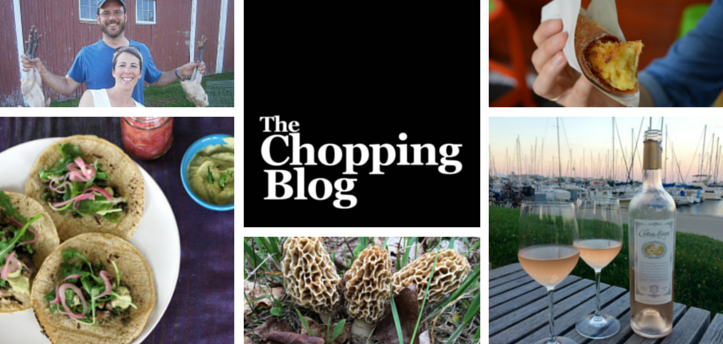As an advisory board member of the World Food Travel Association, I’m fortunate to travel to many countries around the world to work with local chefs and explore different culinary cultures. Whether I’m at a gourmet festival, touring a farmer’s market or sampling local delicacies at a food hall, I am always on the lookout for new spices – especially spices or spice combinations that I’ve never tasted before.
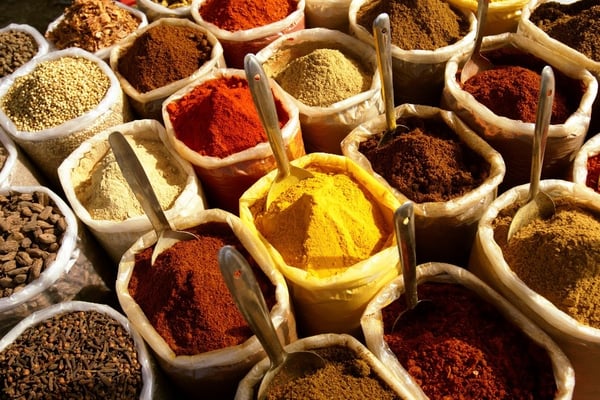
Not only are spices the world’s oldest flavoring, but they are also the most widely used ingredient. Think about it – nearly every dish you cook has at least one spice in it. Spices are used in both savory and sweet dishes, beverages, desserts and so much more. But do you really know what even defines a spice?
“A spice is a seed, fruit, root, bark, or other plant substance primarily used for flavoring, coloring or preserving food. Spices are distinguished from herbs, which are the leaves, flowers, or stems of plants used for flavoring or as a garnish.”
And nowhere is the demand for spices more evident than in the United States, which leads the world in both consumption and imports. A U.S. Department of Agriculture report showed that Americans have dramatically embraced spices over the past 50 years: Per capita spice consumption in 1966 was 1.2 pounds annually, while that figure more than tripled by 2015 to 3.7 pounds. Yet few, if any, spices are attributed to America or grown in this country. In fact, India contributes 75% of global spice production with Bangladesh, Turkey, China and Pakistan rounding out the Top 5 spice producing countries, according to the U.N. Food & Agriculture Organization.
What excites me most about spices are how versatile they can be. Spices such as cinnamon are commonly used in many recipes around the world, but what happens when you experiment with other spices? Well, in truth, many times they’re pretty awful, but every so often, you create something delicious and surprising. On my last trip to Istanbul, I learned how to make Turkish Lemonade (Limonata) and the results were pretty amazing. Try it for yourself.
Turkish Lemonade (Limonata)
Turkish lemonade is a classic with a sweet, smooth taste and no sourness. That's because you cook the lemon rind and sugar first. Like most Turkish beverages, it is brewed on top of the stove, allowing the flavors to meld and develop a concentrated aromatic flavor.
Here’s what you’ll need:
3 lemons (I used Meyer lemons here, but regular lemons will create a tangier version)
3 cups water
½ cup sugar, granulated
2 Medjool or Barhi dates
1 teaspoon cumin, ground
1 teaspoon orange blossom water
½ teaspoon kosher salt
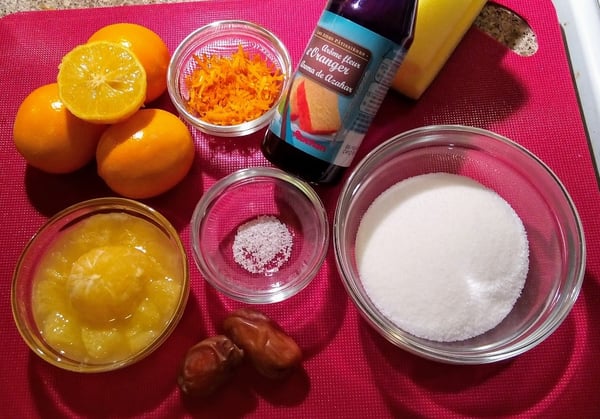
- Add the sugar to 1 cup of water, and heat on the stove until the sugar is dissolved.
- Zest the lemons, add the zest to the pot and bring the mixture up to a simmer.
- Squeeze the lemons and scoop out the flesh, removing the seeds.
- Add the lemon juice and flesh, along with the rest of the ingredients and simmer for 5 minutes.
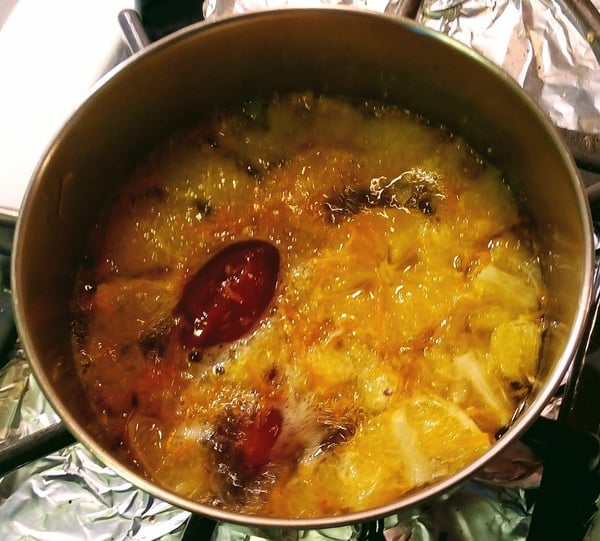
- Remove from heat and let cool. Strain the liquid into a glass jar, add the remaining 2 cups water and refrigerate until well chilled. Serve over ice with mint leaves.
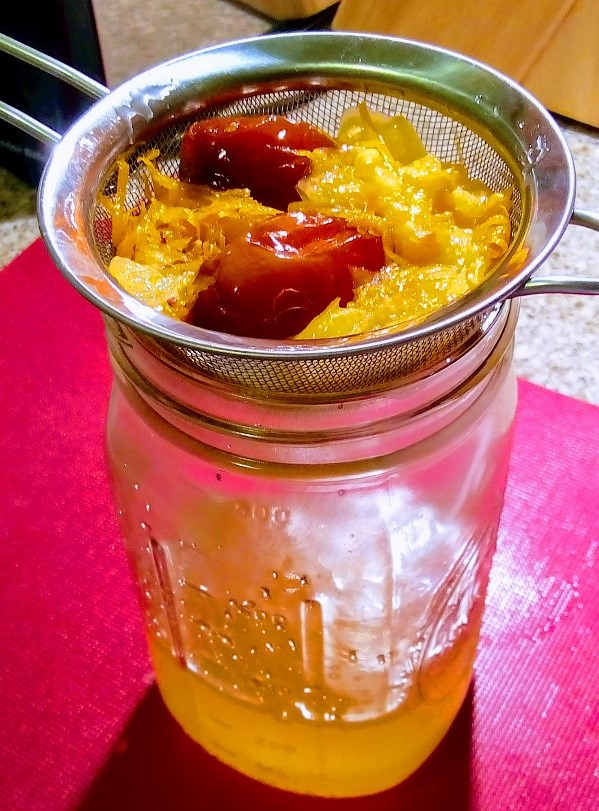
Note: You can save the strained bits of lemon and cooked dates to enhance other dishes but I usually eat the dates right from the pot!
Normally, the Meyer lemons and simple syrup produce a very sweet liquid, but the cumin balances that out without being bitter or sour, resulting in a smooth, complex beverage.
Next time you cook, try experimenting with spices like these below:
- Add Basil, Coriander, Cumin, Thyme or Oregano to fruit dishes or beverages.
- Add Cinnamon, Nutmeg, Cloves or Allspice to chicken dishes.
- Try spice blends such as Garam Masala, Chinese Five Spice, Ras El Hanout or Herbs de Provence in custards and baked goods.
- Use Aleppo Pepper, Mahleb, Kaffir Lime Leaves or Saffron in homemade soups.
- Make ice cream with Amchoor, Chili Powder, Ginger or Tamarind.
Spice up your cooking with 20% off spices, salts and rubs during the month of February. The Chopping Block also offers a Cooking Lab: Flavor Dynamics class which delves into spices and herbs. You'll walk away with a better understanding of tastes and using seasonings and aromatic ingredients to balance flavor. January and February classes are already sold out, so snag a spot in the March class now!

